Botanischer Garten Berlin – that’s 43 hectares, about 22,000 different plant species, huge greenhouses and fantastic paths to walk along, pure relaxation and a botanical journey around the world with short distances.
I was at the entrance to the Botanical Garden in Berlin at 9 a.m. on the dot – the sun was shining, it was supposed to be over 30 degrees and so I was looking forward to spending the day in the green.
Botanic Garden Berlin – the origins
In 1573, a court gardener of the Berlin City Palace established the first significant plant collection in the East and Kitchen Garden. Today, one could say that this was the first botanical garden in Berlin.

Almost 100 years later, in 1679, a hop garden was created on Potsdamer Strasse for the electoral breweries. After these were abandoned, the area served as a kitchen garden and orchard, and in 1809 it was put under the control of the Friedrich Wilhelm University in Berlin. A scientifically supported botanical garden developed.
It turned out over time that the location of the Botanical Garden was not ideal. Not only the size of the site, but also the increasing building development in the area did not allow for further development. A suitable site was found, which until then had been a potato field in the fields of the Royal Domain of Dahlem. In 1895, Adolf Engler and Alfred Koerner were given the task of drawing up a plan for the design of the site. The Kaiser approved this design in 1899 and work could begin.

Two equal entrances were created – Queen Luise Square and Unter den Eichen, which are connected by a main path within the newly created garden. From here, you can still explore the grounds today.
In 1904, the outdoor area was completed, and the construction work on the buildings was finished from 1910. From then on, the Berlin Botanical Garden flourished and grew, and visitors enjoyed their visit.
The National Socialist era and the Second World War left their mark not only through destruction, but also by restricting the international contact that was important for scientific work.
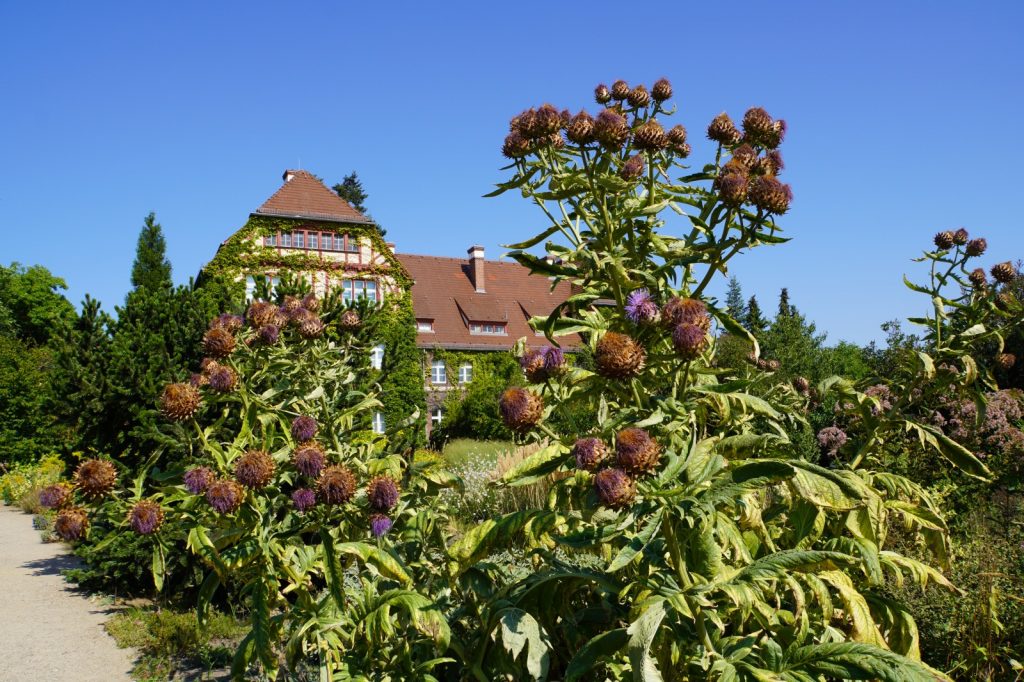
After the war, the park was quickly reopened. At first, the open spaces were used to grow vegetables, but in 1949, with the support of the Americans, reconstruction could begin. It took until 1968 to open the Great Tropical House and the adjoining Botanical Museum was not even reopened until 1987. In 1996, the garden and the museum were incorporated into the FU Berlin.

My tour of the Botanical Garden Berlin
The Berlin Botanical Garden is designed as a landscape garden. The largest areas are the geographical gardens and the arboretum, and that’s where I’m drawn to first.
Plant Geography Section
The geographical section presents plants from different parts of the world as far as possible in their natural environment. To this end, the ground has been adapted so that even plants that are not native to the Berlin region feel at home. Here you can walk through rock gardens, small mountain worlds and forest, heath and steppe areas. For me as a travel lover, it’s a trip around the world from the Alps to Asia to America.


I climbed up the small mountains and discovered beautiful plants that are native to the Alps, for example. The visit was particularly varied because sprinklers were still watering the plants everywhere and I took advantage of “water-free” sequences on some paths to walk further. I found it very pleasant, the air temperature was thus not so high and the humidity provided cooling.

From the mountain we went into the forests of America with impressive trees and a beautiful walk on shady paths. Here, for example, you can discover woody plants that grow in coniferous and mixed forests on the American continent.
I could have spent hours roaming through Asia or exploring the floodplain forests of Europe.
The Arboretum
In the arboretum, which is located in the southern and western part of the Botanic Garden, you will find about 1800 species of trees and shrubs. They are sorted according to relationship and are spread over an area of 14 hectares.

For me, the walk through this part of the grounds is simply beautiful. You walk along paths past trees and shrubs, some of which are among the oldest plants on earth. If it weren’t for the occasional sign giving more detailed information, you might think you were taking a walk in the forest.
Medicinal herb garden
I spent a lot of time in the medicinal herb garden. Here, the plants are arranged according to areas of action and you can find a “herb” for every part of the human body that alleviates complaints and/or increases well-being. For example, there are beds with plants that can be used for skin diseases or plants that can alleviate colds.


Each plant is labelled with information about its use and effect. For some plants I read which parts can only be used for medicinal purposes and which parts of the plant are poisonous, for example. How closely the positive effect is sometimes linked to the negative effect. And for me, once again a sign that one should be well informed and not use something with layman’s knowledge.


In the Botanical Garden Berlin you can find around 230 different medicinal plants. Some I know from old household remedies, others I have never heard of. And I have also discovered plants that I would like to take a closer look at so that I can perhaps do without chemical substances in the future.
Italian Garden
Visually, a real highlight is the Italian Garden, which is laid out below the show houses. Here everything is arranged strictly symmetrically and accurately cut. This area could also be in a castle garden. Seasonally appropriate ornamental plants are planted here, which reinforce the impression of a castle garden for me.

If you stand above the garden, you have a beautiful view of the landscape.
The greenhouses houses
Unfortunately, the 15 greenhouses in the Botanical Garden were closed during my visit due to the situation. Normally, however, in addition to the Great Tropical House, other houses with different focal points are available for visitors to view.

For me, it is an interesting place even without being able to go into the greenhouses. The construction method was new and fascinating at the time it was built. The supporting framework is made of steel and, in the case of the Great Tropical House, lies outside the greenhouse, for example. The dimensions of the Great Tropical House, over 60 metres wide and almost 30 metres long, are truly impressive.

Botanical Garden Berlin: Visit at any time of year
Of course, you can visit the Berlin Botanical Garden not only in spring or summer. There are so many different plants to discover here that you can see something new in every season. Yes, and some plants, like the mushrooms in autumn or the Christmas rose in winter, simply belong to a particular time. In addition, the greenhouses offer the opportunity to discover plants that do not grow easily in our latitudes and require special conditions.

Address of the entrances:
Unter den Eichen 5-10, 12203 Berlin
Königin-Luise-Str. 6-8, 14195 Berlin
Botanical Garden Berlin: parkplan
Opening hours:
Daily: 9-20 h
closed 24.12.
more informations: Webseite: Botanical Garden Berlin
Admission fees:
Adults: 6,-€
Discounts are offered.
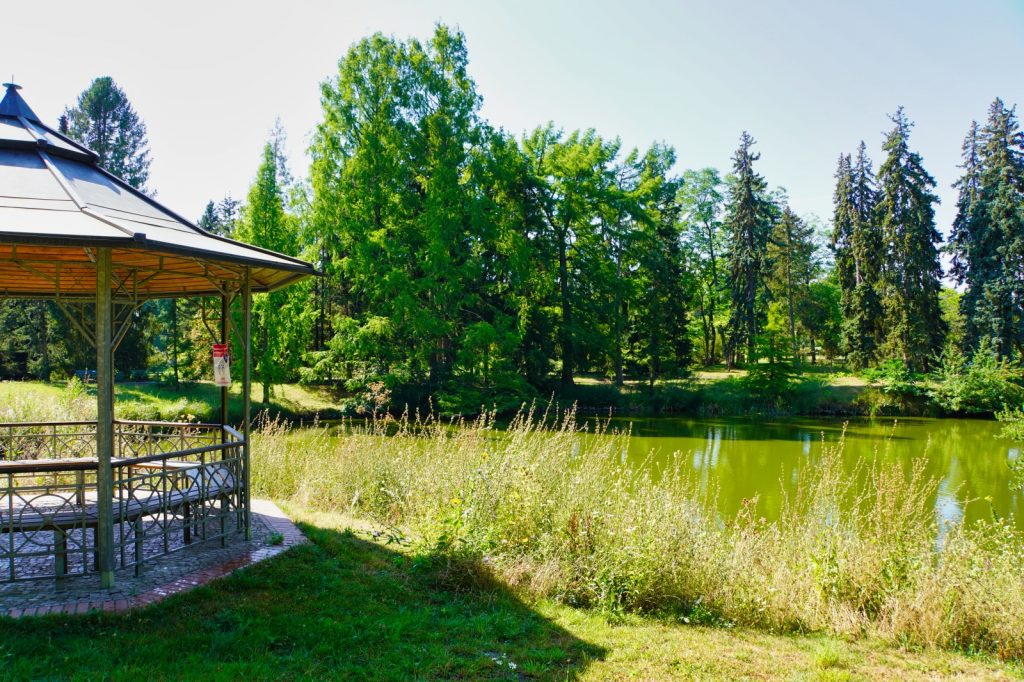
Disclosure: The visit to the Botanical Garden Berlin was made possible for me free of charge, the photos are published with the permission of the press department. This article is based solely on my impressions and was written independently of the visit.

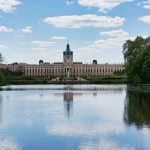






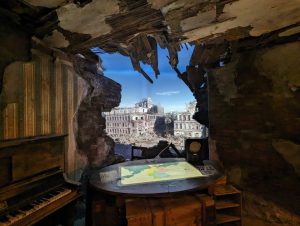






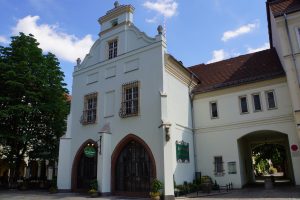

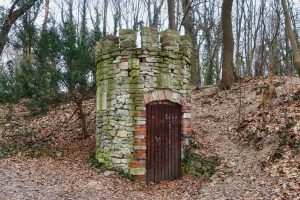
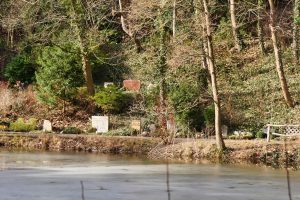






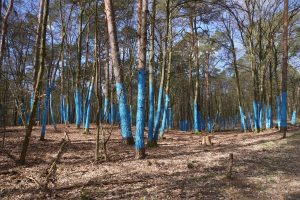




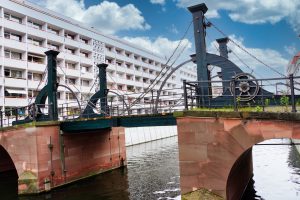




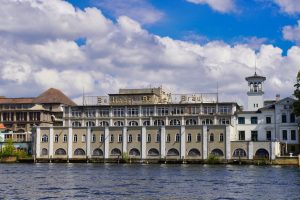









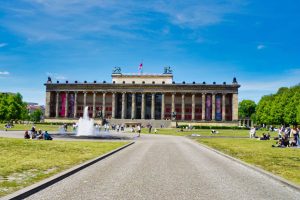





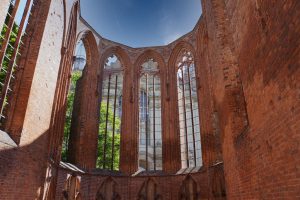
































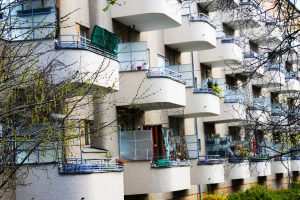










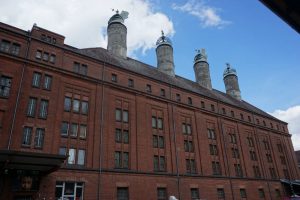





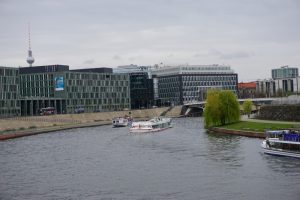









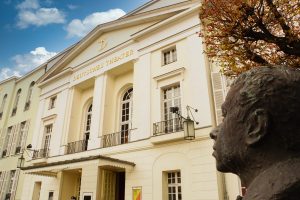


















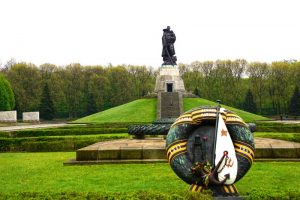














Leave a Reply